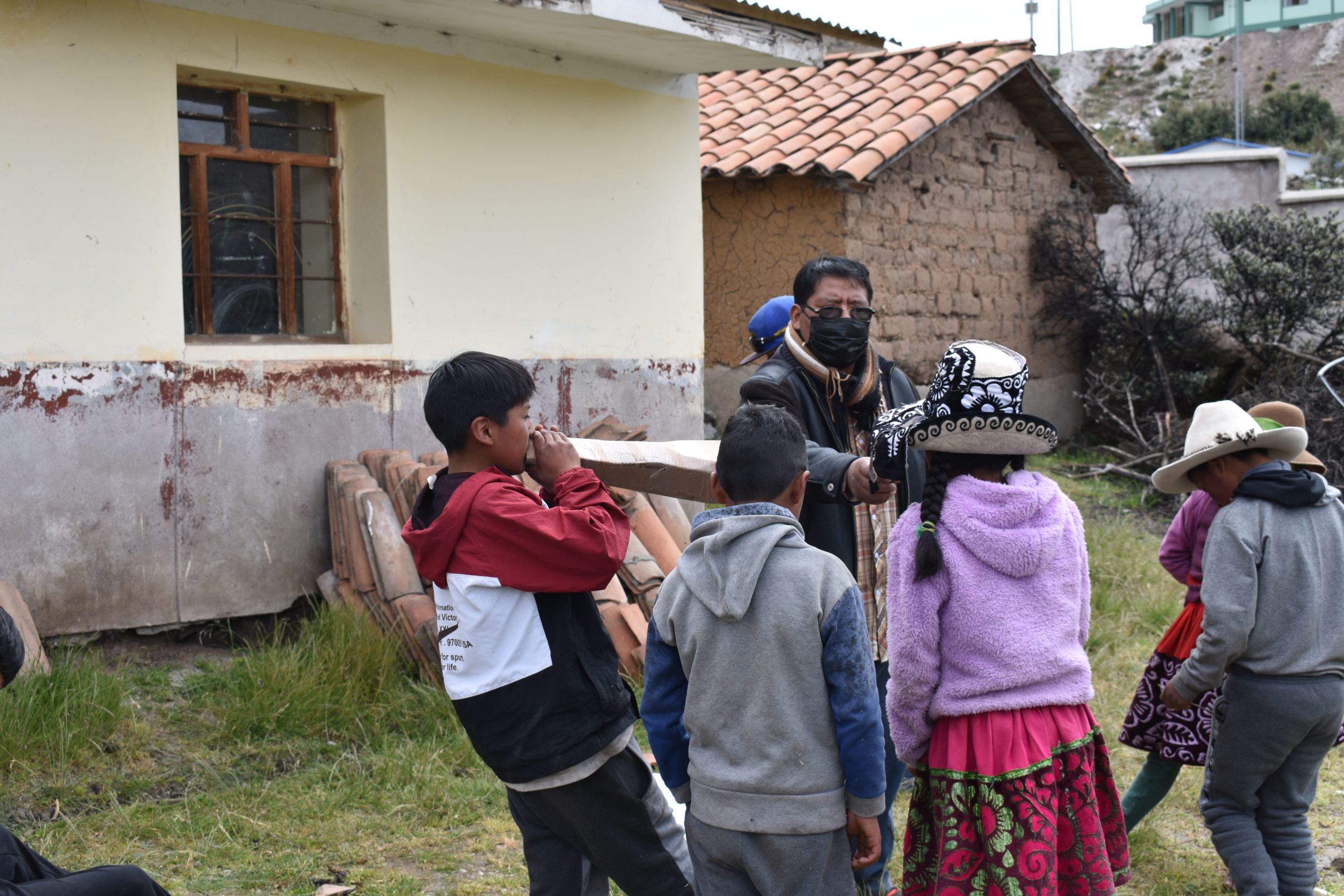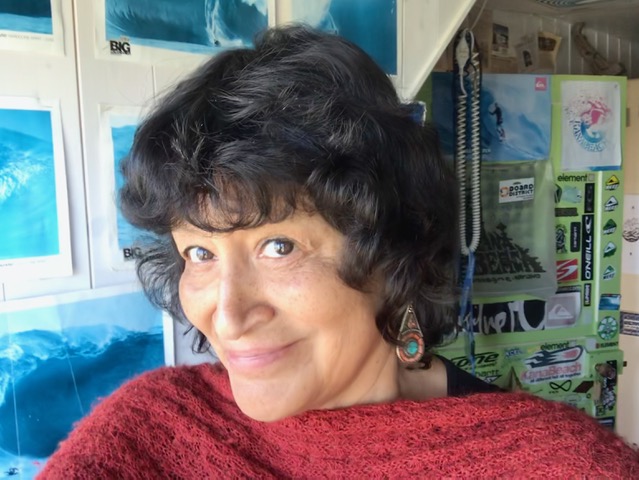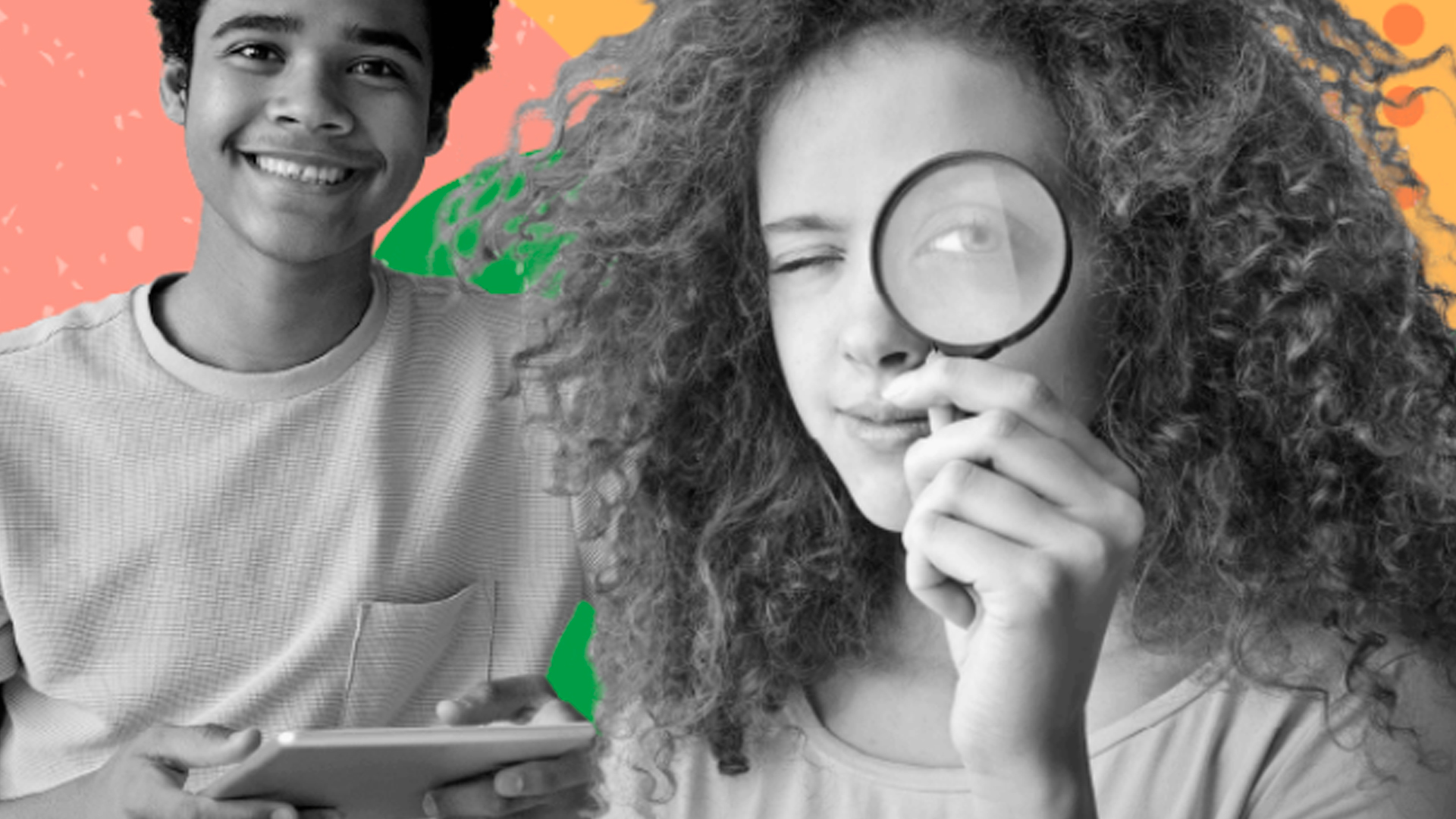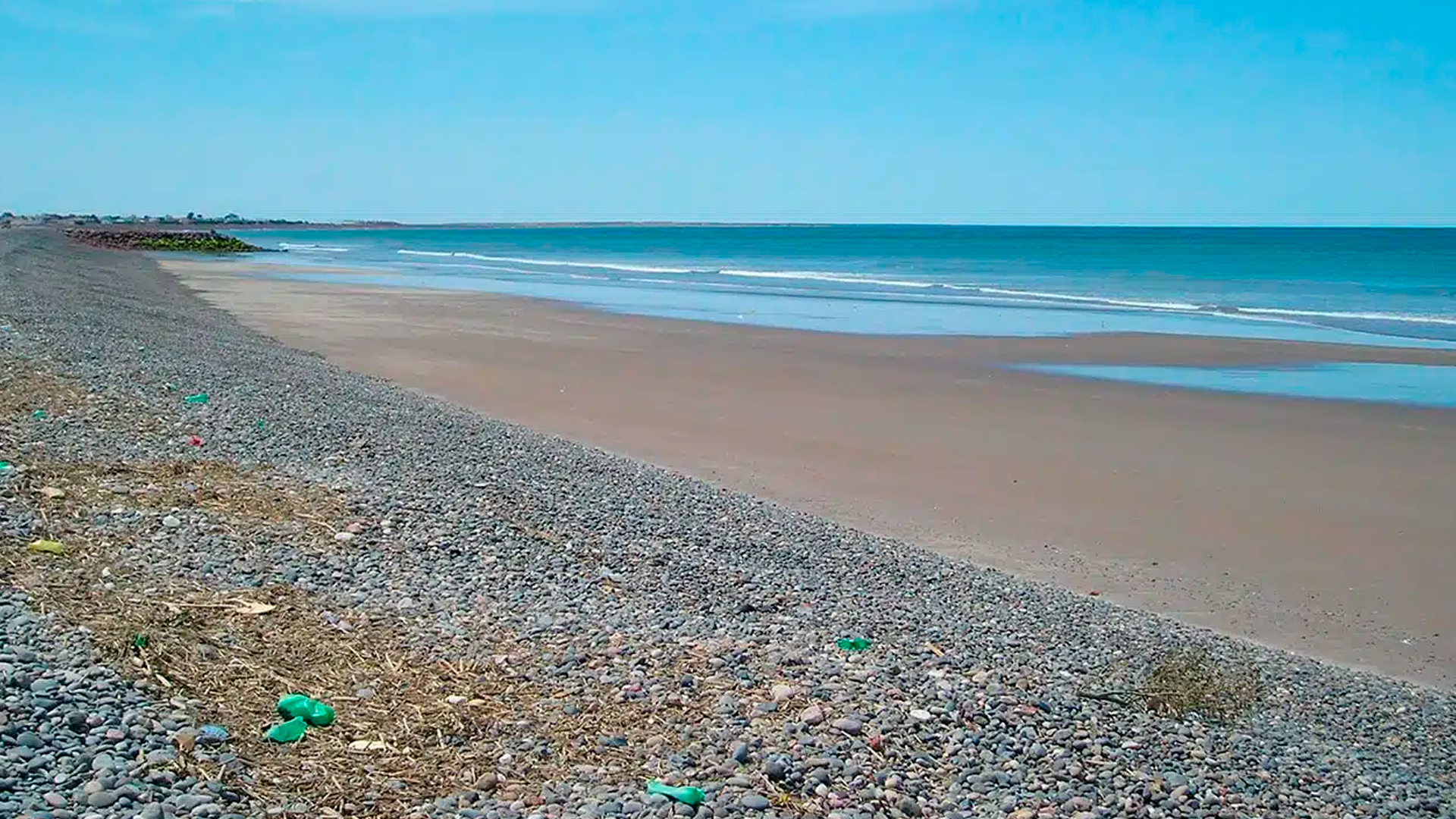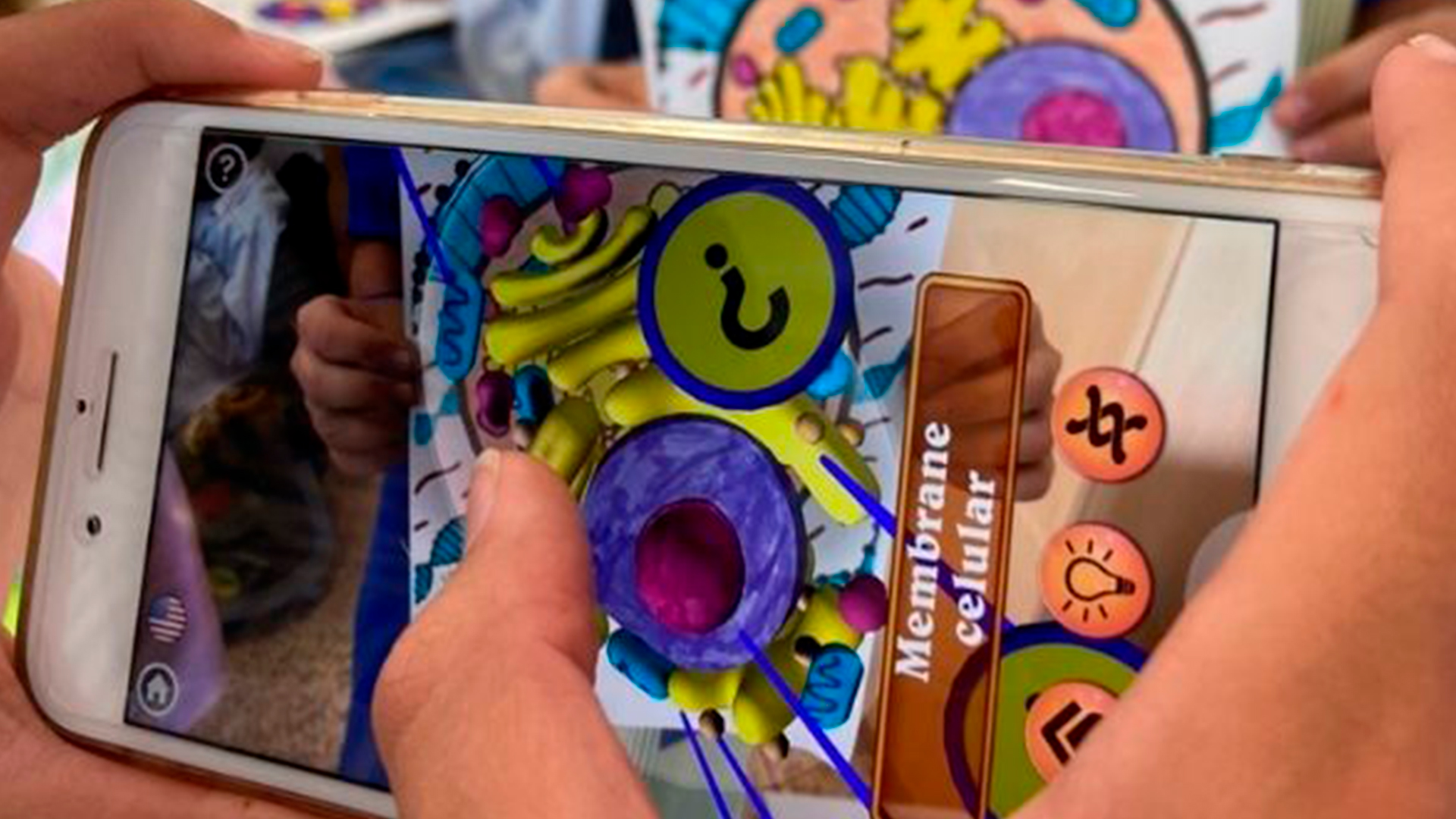Media Literacy
Classroom Experience
A Radio with Andean children
Pukllasunchis, Cusco, Perú. Show map
Classroom learning projects that link Quechua children with community members, to produce programs broadcasted by regional radio stations, showcasing their life, cosmovision, heart, and living heritage.
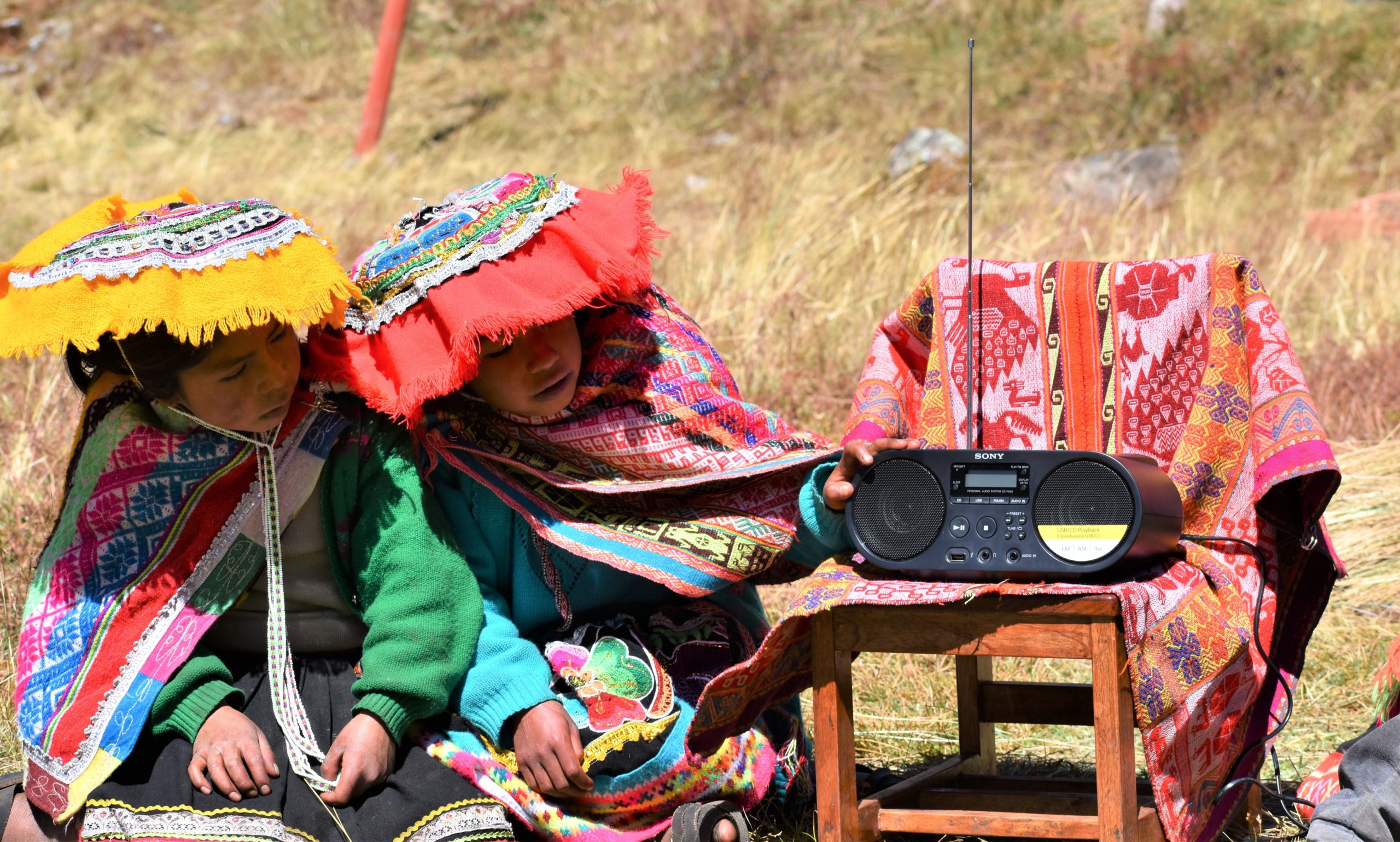
Context
In June 2003, a multidisciplinary team of educators, anthropologists, and communicators designed the innovative proposal “A Radio at the school” to make a civic contribution while protecting the value of a living heritage from the classrooms. Pukllasunchis brought the radio to public schools for children and the Quechua community to affirm their identity, and express their knowledge, feelings and experiences.
Highlights...
Strengthening of Quechua Andean values that are disappearing.
The radio is crucial as the only means of communication reaching the highlands.
Public education has been neglecting the richness of the Quechua language and its living culture.
Objectives
Didactic sequence
1
![]()
Research of everyday topics
Children are encouraged to research everyday topics, for instance, their agricultural or pastoral activities. In class, they prepare the interview questions, send them via WhatsApp or test their cell phones voice recorders to do in-person interviews.
2
![]()
Topic selection
Students analyze the statements and create group texts based on the gathered information. They choose a group topic that represents them to produce the radio program, considering the target audience.
3
![]()
Radio program design
Students listen to programs recorded by children from other communities. They analyze and identify what is needed to get everyone to listen to the program: voice, music, and effects. Then they spontaneously record to evaluate what facilitates and improves the radio message, suggest modifications, and get organized.
4
![]()
Program recording
At first, children create the scenes through drawings, incorporating details about characters, rituals, sounds, and scenarios. Then they distribute roles to imagine and develop the dialogue. In groups, they organize the spaces for the scenes to design effects and accessories. They practice and make the final recording transmitting their scenario: kitchen, animals, clothing, and songs, among others. The recording is made with a digital recorder or cell phone respecting the children’s dynamics and is then shared to be broadcast.
5
![]()
Radio broadcast
During school hours, students listen to the live program used to base comprehension activities, and in the afternoons, at home, they listen to the radio broadcast with their family.
Assessment and conclusions
Successes
Creating a radio program on the basis of cheerfulness enables students’ autonomy, leadership and protagonism, develops creativity and problem-solving skills, and makes them manage their resources and solve eventualities.
Native languages are the protagonists and vehicles to disseminate the Andean cosmovision and their communities' knowledge and practices.
Students develop writing and reading comprehension skills when producing texts and listening skills when carrying out activities that encourage the comprehension of radio programs broadcast in class. Today many former students are radio communicators, reporters or teachers who work in different communities or rural areas.
Things to improve
We would include other TICs to keep working with Quechua children and community on promoting intercultural, critical and civic education.
Extend the experience to secondary level students.
Keep reflecting on the role of media to preserve and promote the culture and living heritage of Andean indigenous peoples.
There are semestral, annual, qualitative as well as quantitative assessments, and they are mainly based on teachers observing students’ evolution and their appropriation of audiovisual language.
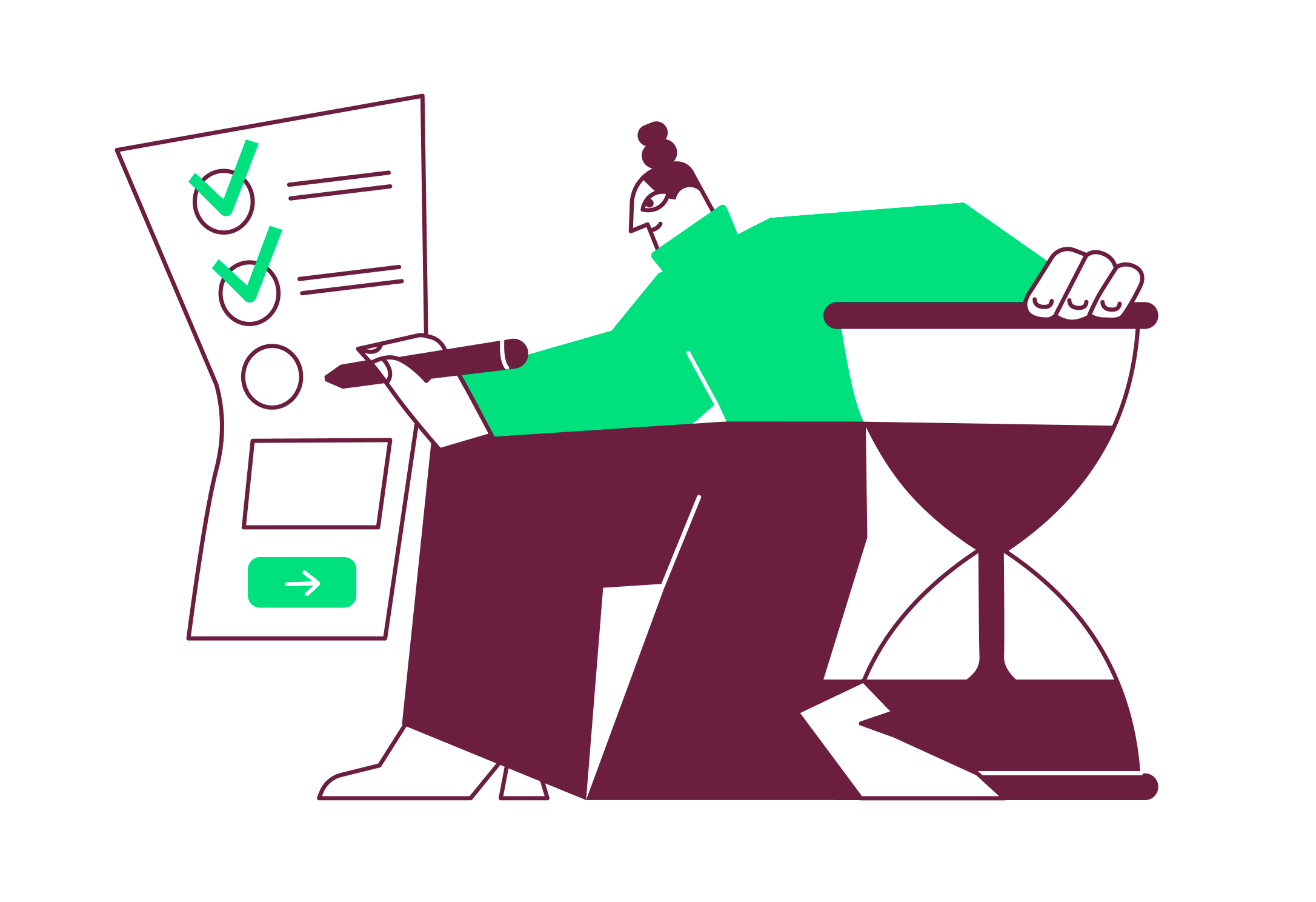
Take this experience to your classroom!
Tips to adapt the experience to your classroom
1
Prioritize day-to-day language and cultural expression
Cultural expressions and territorial experiences must be regarded in class to respect the personal and cultural characteristics of indigenous or migrant children. This involves guaranteeing significant and playful moments for kids to approach the media from their parameters, not pre-established ones. It is about teachers rediscovering how kids understand or reinterpret communication tools. For example, before scripting radio programs, they should be allowed to express the messages how they feel and hear them at home, to make more sense and generate proximity to listeners in their neighbourhood, town or community.
2
Meet the group's culture
Let children have the freedom and creativity to use resources, effects and languages representing their culture. Especially for Quechua people who preserve oral culture, seeing their movements, gestures, and sounds reflected in the broadcast affirms and strengthens them.
Resources and materials
Pedagogical links

